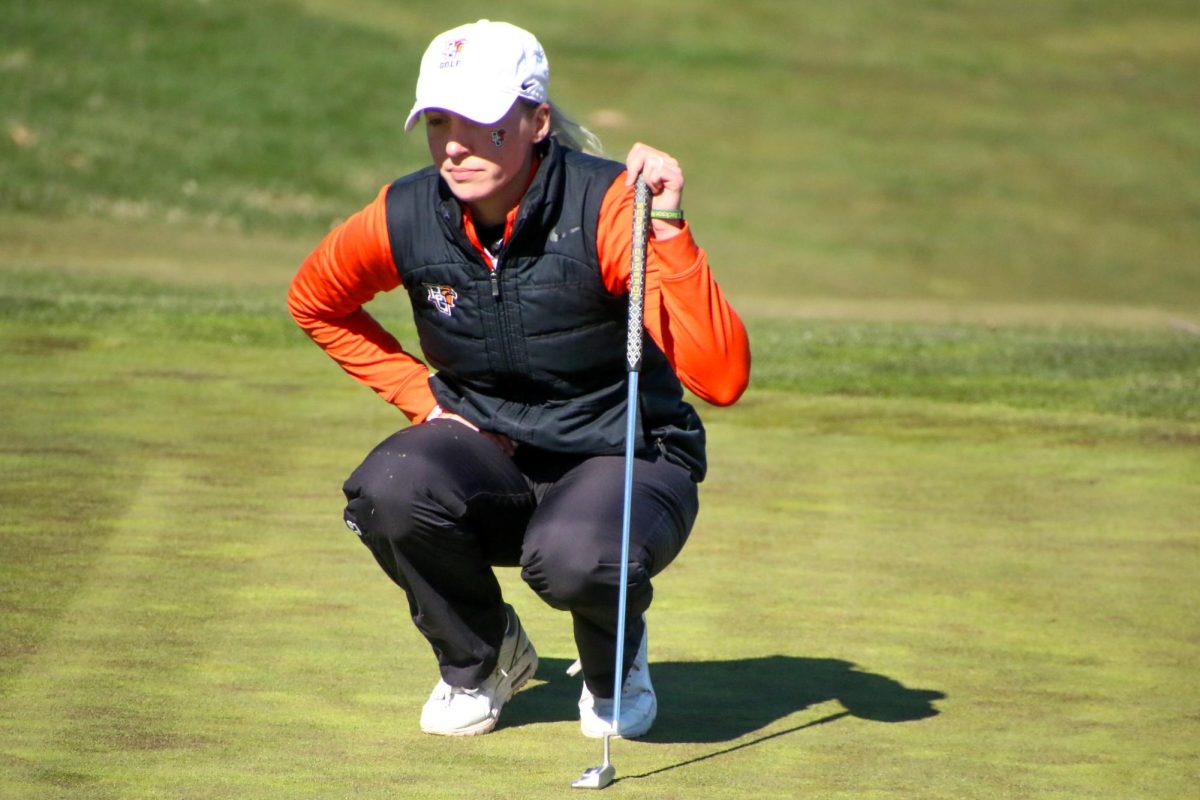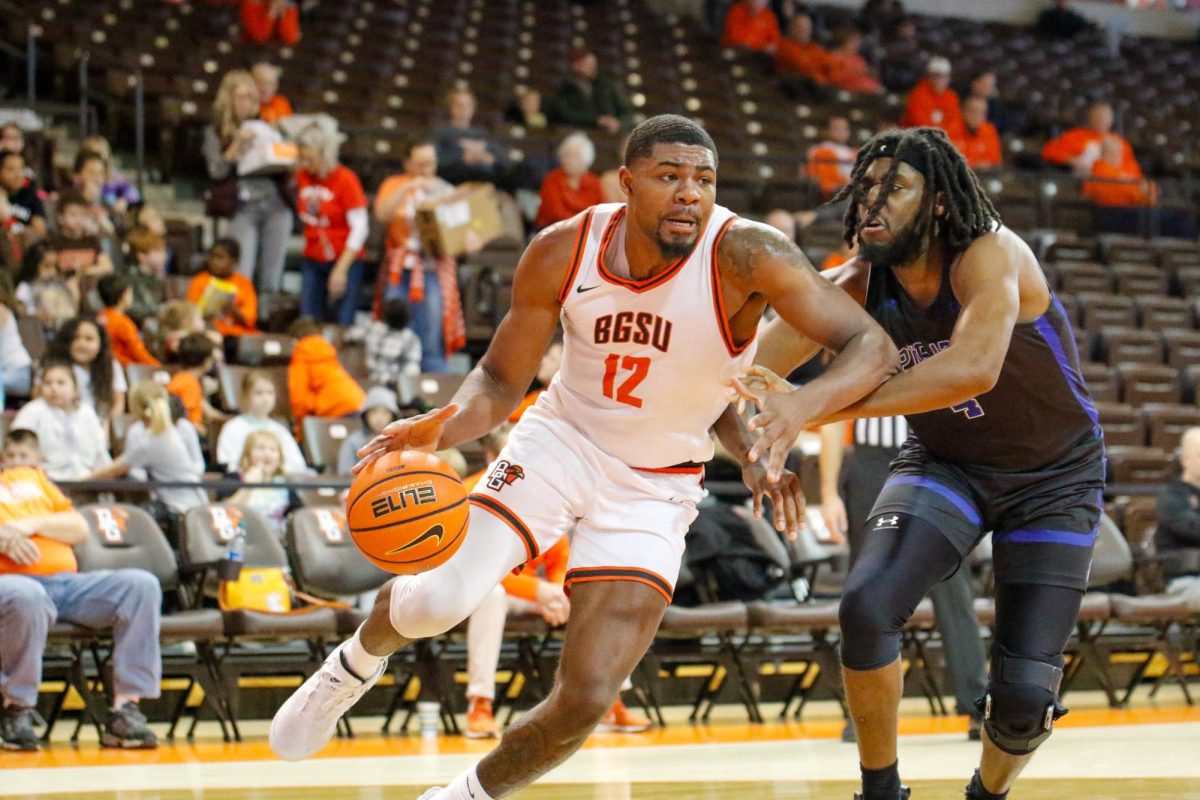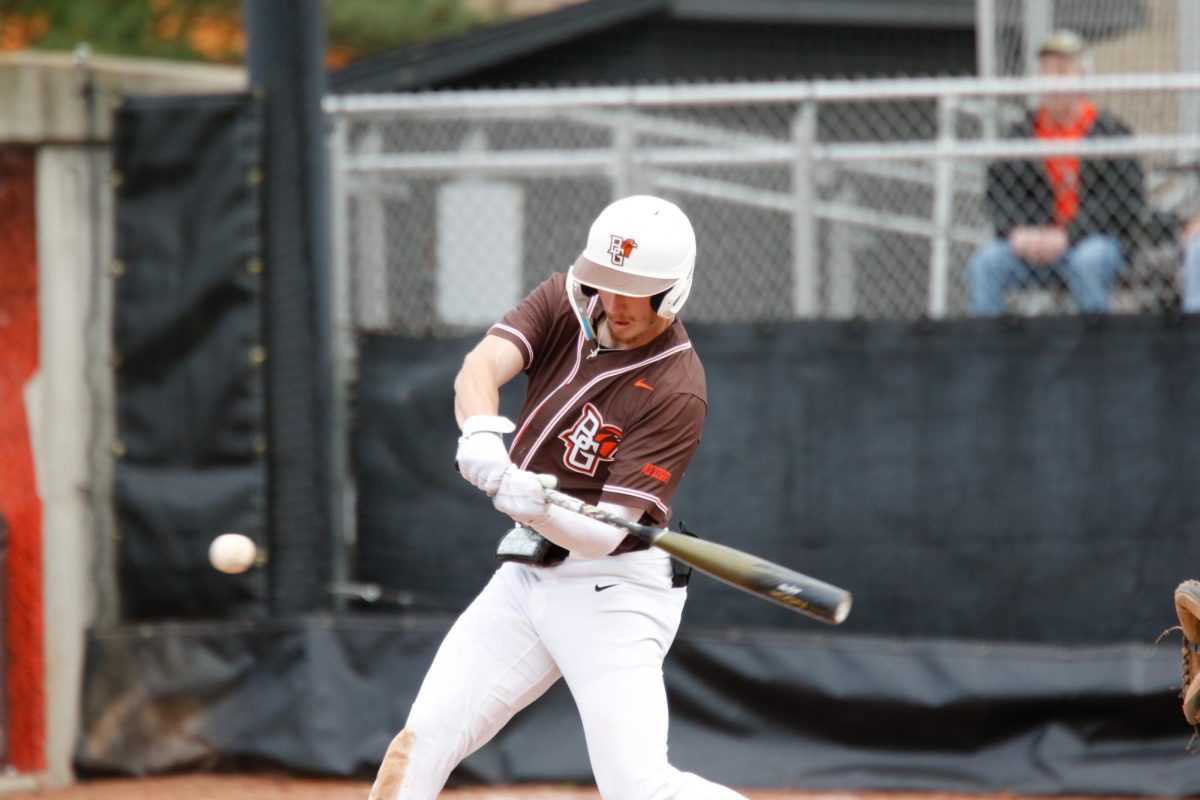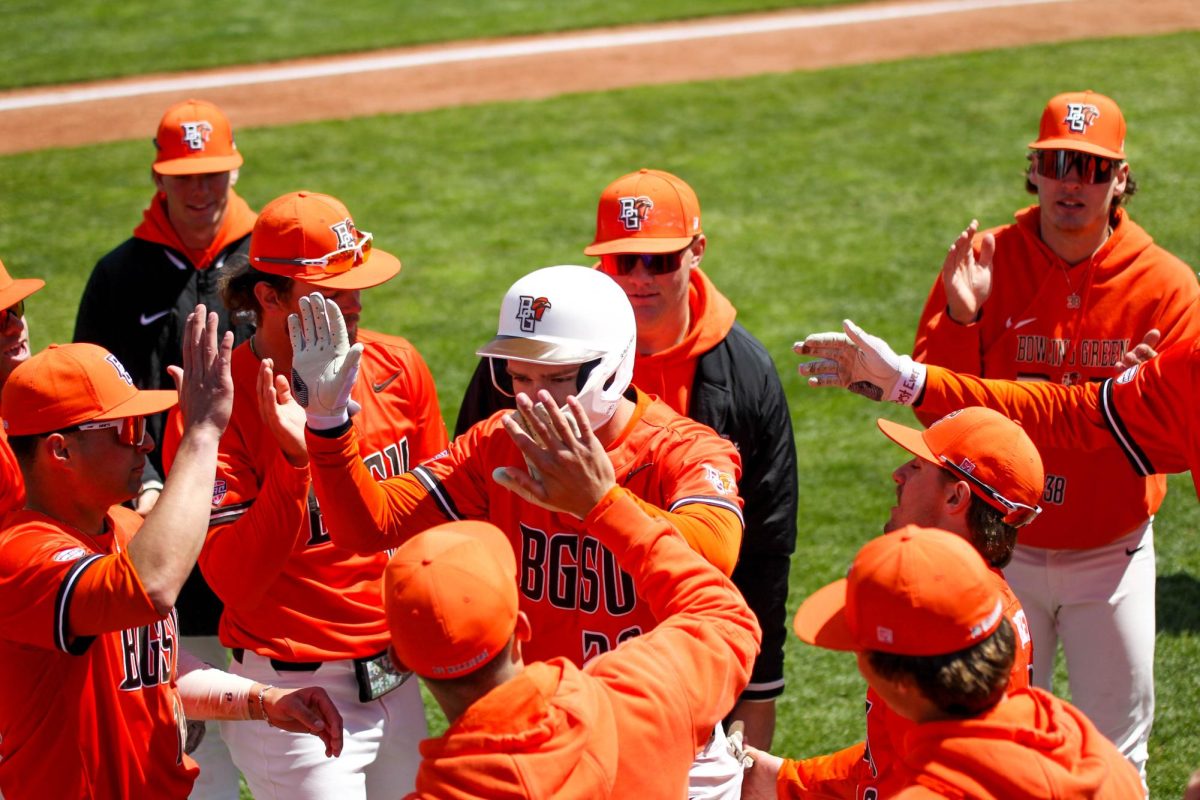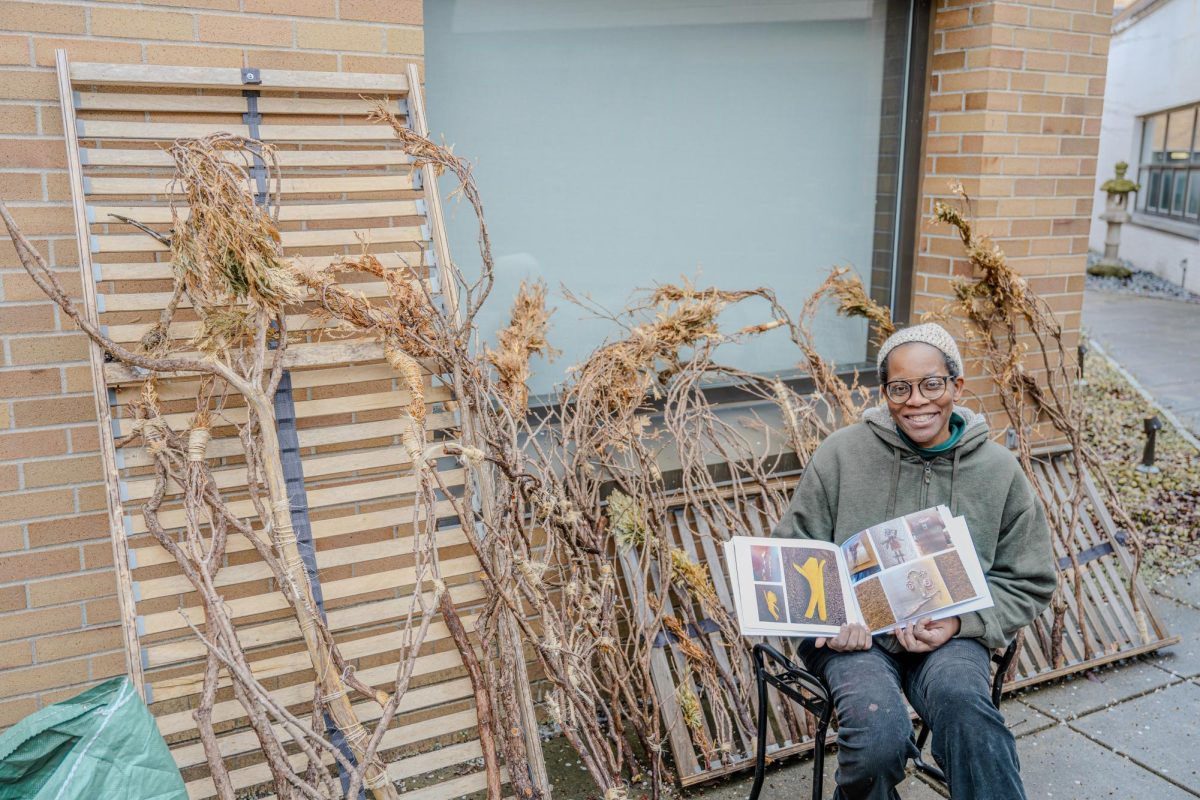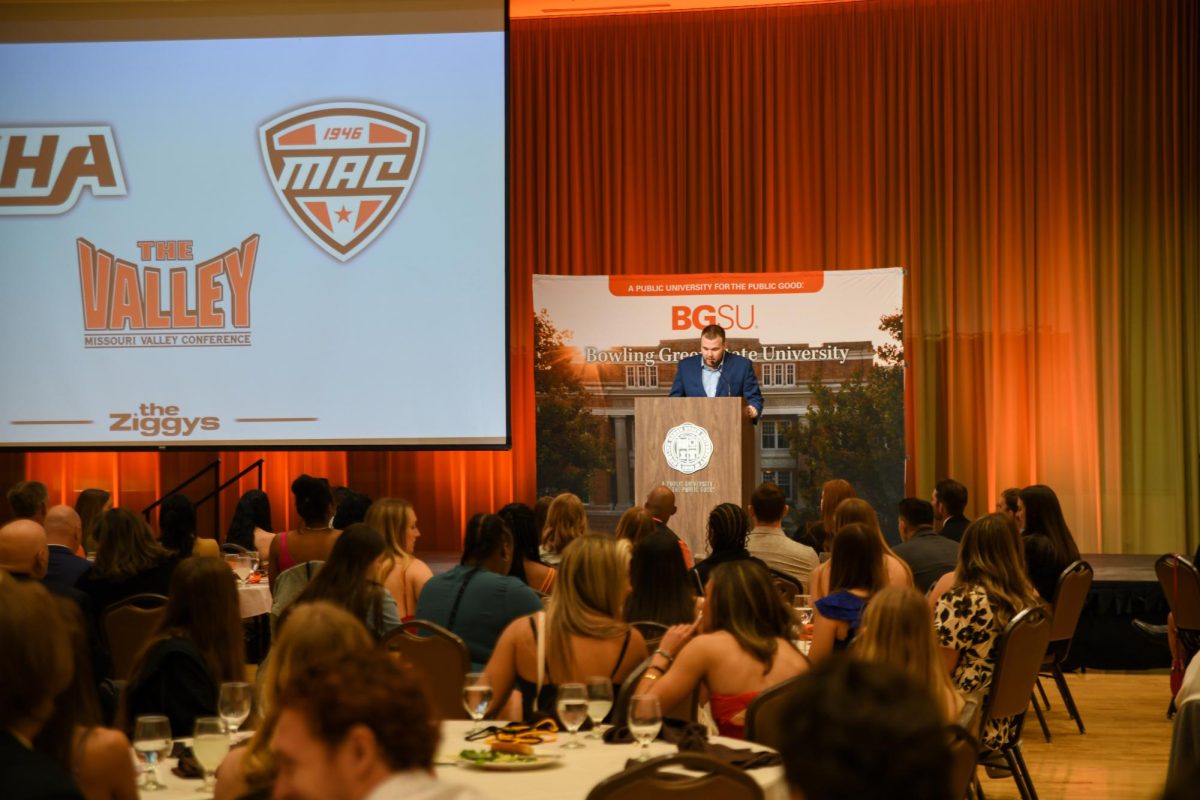COLUMBUS – Their handshake was not shown on TV. Nor did viewers see the major candidates for Ohio governor in a side-by-side shot.
The careful management of images from Tuesday’s first debate between Democrat Ted Strickland and Republican Ken Blackwell is evidence of their campaigns’ attention to detail in the contest political control of bellwether Ohio.
Voter perception is so pivotal and tensions so pitched that the rival campaigns even agreed to keep details of their debate negotiations secret from the public.
“If I told you what the rules said, I’d be violating one of the rules,” Blackwell spokesman Carlo LoParo said.
Strickland spokesman Keith Dailey also said release of the guidelines hammered out before the debate, without the permission of both campaigns, would violate the terms of
the deal.
Backstage banter between camera people, sponsors and others producing the broadcast in the Youngstown TV studio Tuesday indicated there were seven pages of debate rules, including prohibitions of wide shots of the candidates together and showing the initial handshake.
There also was an agreement not to use any images from the exchange in future campaign ads.
Trevor Parry-Giles, an associate professor of political communication at the University of Maryland, said the latter rule is fairly common, and is meant to keep debate bloopers from winding up in damaging ads.
“Campaigns can control the big rallies they hold, they can control the ads. But debates offer a situation where that level of control is less scripted,” he said. “The result is the campaign will do everything it can to script what it can to minimize the uncertainty, to say, ‘I don’t want you pulling an Al Gore on me.'”






